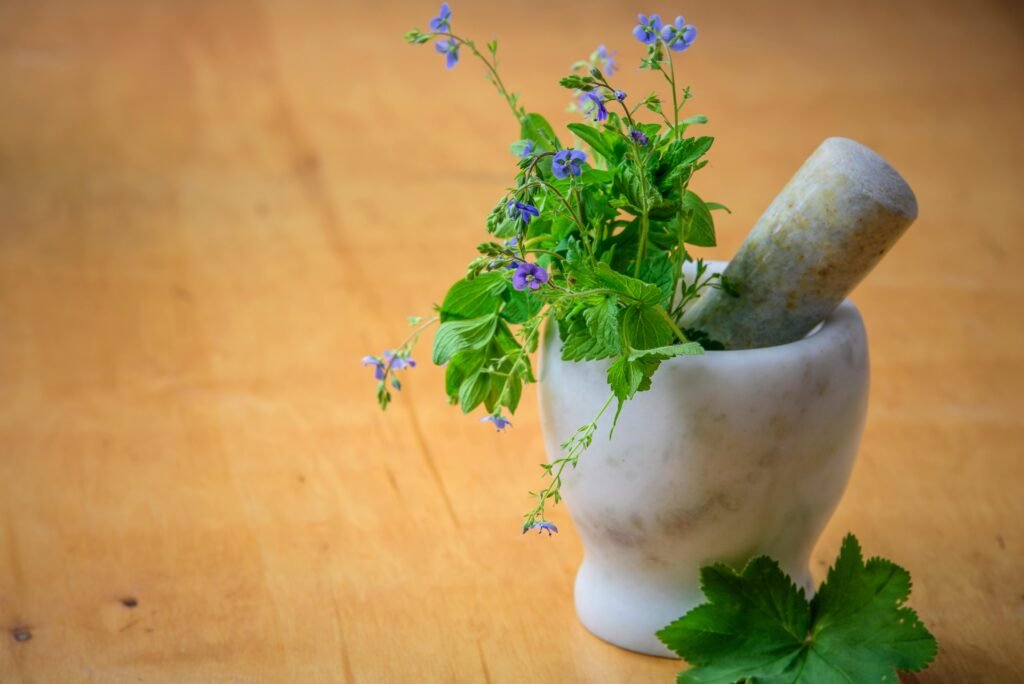Sinus infections, also known as sinusitis, can be a source of discomfort and concern. While these infections affect the air-filled spaces within the facial bones, a common question arises: is a sinus infection contagious? Sinus infections themselves are not typically contagious, but the underlying causes, such as viruses or bacteria, can be transmitted from person to person.
Sinusitis often develops as a complication of other respiratory conditions, such as the common cold or influenza. These primary infections can spread easily through close contact, airborne droplets, or contaminated surfaces. Once a person contracts a viral or bacterial infection, it may lead to inflammation and blockage of the sinus passages, potentially resulting in a sinus infection.
It’s important to note that while the root cause of a sinus infection may be contagious, the actual inflammation and fluid buildup in the sinuses are not directly transmissible.
Key Takeaways
- Sinus infections are not directly contagious, but their underlying causes can be transmitted.
- Proper hygiene and preventive measures can reduce the risk of contracting infections that lead to sinusitis.
- Timely treatment of sinus infections can alleviate symptoms and prevent complications.
Understanding Sinus Infections
Sinus infections affect millions of people worldwide, causing discomfort and impacting daily life. These conditions involve inflammation of the nasal passages and sinuses, often resulting from viral or bacterial causes.
Types and Causes
Sinus infections can be classified into two main types: acute and chronic sinusitis. Acute sinusitis typically lasts for a few weeks and is often triggered by viral infections like the common cold. Bacteria can sometimes cause acute sinusitis as well.
Chronic sinusitis persists for 12 weeks or longer. It may result from recurring acute infections, allergies, or structural issues in the nasal passages. Environmental factors such as pollution and smoking can also contribute to chronic sinus problems.
Viral sinus infections are more common than bacterial ones. They usually resolve on their own within 7-10 days. Bacterial infections, while less frequent, may require antibiotic treatment.
Symptoms and Diagnosis
Sinus infection symptoms can vary but often include facial pain and pressure, particularly around the eyes, nose, and forehead. Patients may experience a stuffy nose, thick nasal discharge, and reduced sense of smell.
Other common signs include:
- Postnasal drip
- Cough, especially at night
- Fatigue
- Fever (in some cases)
Diagnosis typically involves a physical examination and review of symptoms. A doctor may use an endoscope to visualize the nasal passages and sinuses. In some cases, imaging tests like CT scans might be necessary to assess the extent of inflammation or structural issues.
Differentiating between viral and bacterial infections can be challenging. Persistent symptoms lasting more than 10 days or worsening after initial improvement may indicate a bacterial infection.
Transmission and Prevention
Sinus infections can spread through various means, but there are effective strategies to reduce transmission risk. Understanding how these infections propagate and implementing preventive measures can help protect oneself and others.
How Sinus Infections Spread
A sinus infection can be highly contagious, especially when caused by viral pathogens. They often spread through respiratory droplets expelled during coughs and sneezes. These droplets can travel through the air and be inhaled by others nearby.
Close contact with infected individuals increases transmission risk. Touching contaminated surfaces and then touching one’s face can also lead to infection. Viruses causing a sinus infection can be contagious and survive on surfaces for hours or even days.
Airborne transmission is another route for sinus infection spread, particularly in enclosed spaces with poor ventilation. This mode of transmission is especially relevant for viral infections like the common cold or flu, which often lead to sinus infections.
Effective Prevention Strategies
Frequent hand washing is crucial in preventing sinus infections. Use soap and water for at least 20 seconds, especially after contact with potentially contaminated surfaces or individuals.
Avoid touching the face, particularly the nose, mouth, and eyes. This habit can significantly reduce the risk of introducing pathogens into the sinuses.
Practice respiratory etiquette by covering coughs and sneezes with a tissue or the elbow. Dispose of used tissues immediately and wash hands afterward.
Maintain clean environments by regularly disinfecting frequently touched surfaces. This practice helps eliminate lingering pathogens that could cause infections.
Boost immune health through proper nutrition, adequate sleep, and regular exercise. A strong immune system can better fight off potential infections.
Consider using a humidifier to keep nasal passages moist, which can help prevent irritation and reduce susceptibility to infections.
Treatment Options for Sinus Infections
Effective management of sinus infections involves a combination of medical interventions and self-care strategies. Patients can benefit from various treatments tailored to their specific symptoms and the severity of their condition.
Medical Treatments
Antibiotics are often prescribed for bacterial sinus infections. Amoxicillin is typically the first-line antibiotic, but others may be used depending on the patient’s medical history and local resistance patterns. It’s crucial to complete the full course as prescribed.
Decongestants, available as nasal sprays or oral medications, can provide relief by reducing swelling in the nasal passages. However, their use should be limited to 3-5 days to avoid rebound congestion.
Pain relievers such as acetaminophen or ibuprofen can help manage discomfort and fever associated with sinus infections. These medications should be taken as directed by a healthcare provider.
For patients with underlying allergies contributing to sinus issues, antihistamines or nasal corticosteroids may be recommended. These medications can help reduce inflammation and prevent recurrent infections.
Home Remedies and Lifestyle Changes
Nasal irrigation with saline solution can help flush out mucus and irritants from the sinuses. This can be done using a neti pot or squeeze bottle designed for nasal rinsing.
Increasing fluid intake, particularly warm liquids like herbal tea or broth, can help thin mucus and promote drainage. Staying hydrated is essential for recovery.
Using a humidifier in the bedroom can add moisture to the air, helping to soothe irritated nasal passages and thin mucus secretions. It’s important to clean the device regularly to prevent mold growth.
Applying warm compresses to the face can provide relief from sinus pain and pressure. This simple technique can be done several times a day for 5-10 minutes at a time.
Rest is crucial for recovery. Patients should aim for adequate sleep and avoid strenuous activities until symptoms improve. Elevating the head while sleeping can also aid in sinus drainage.





